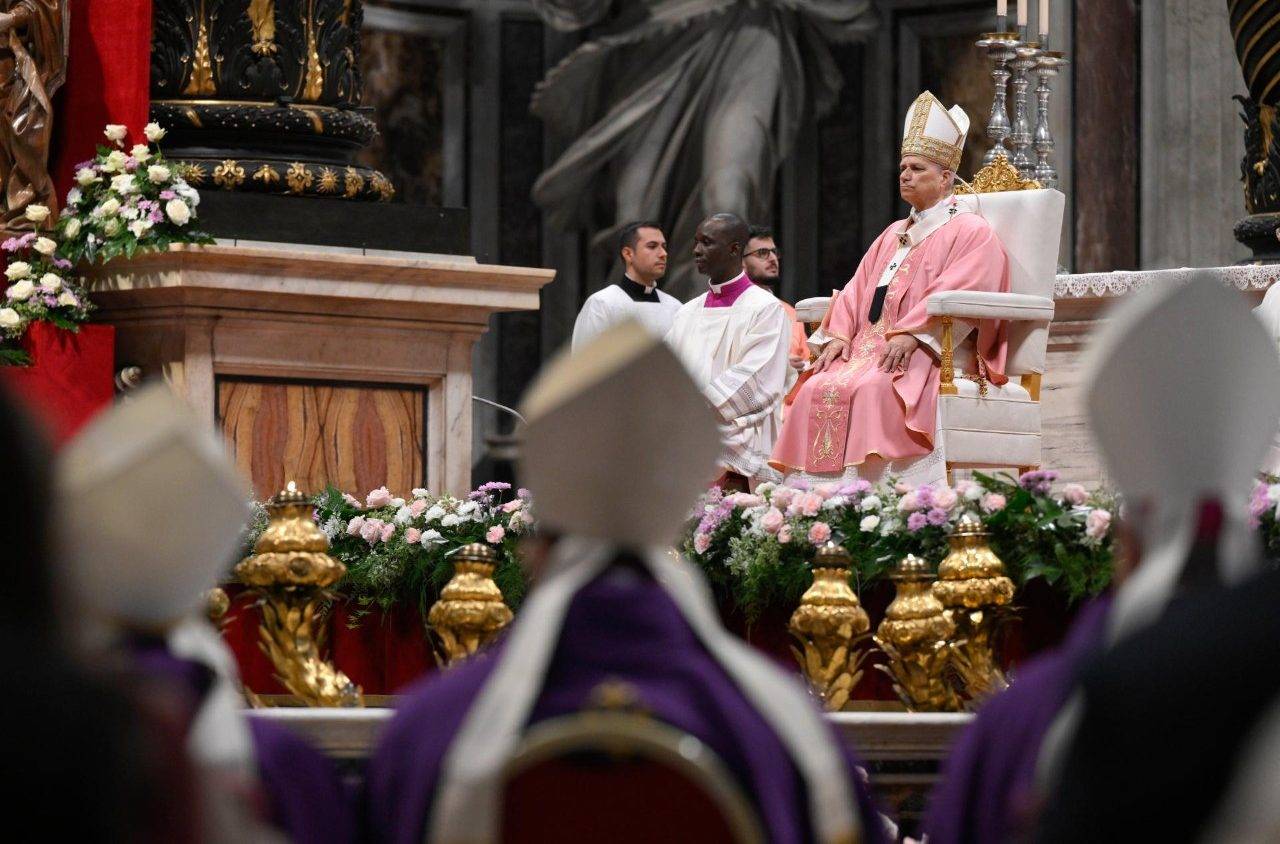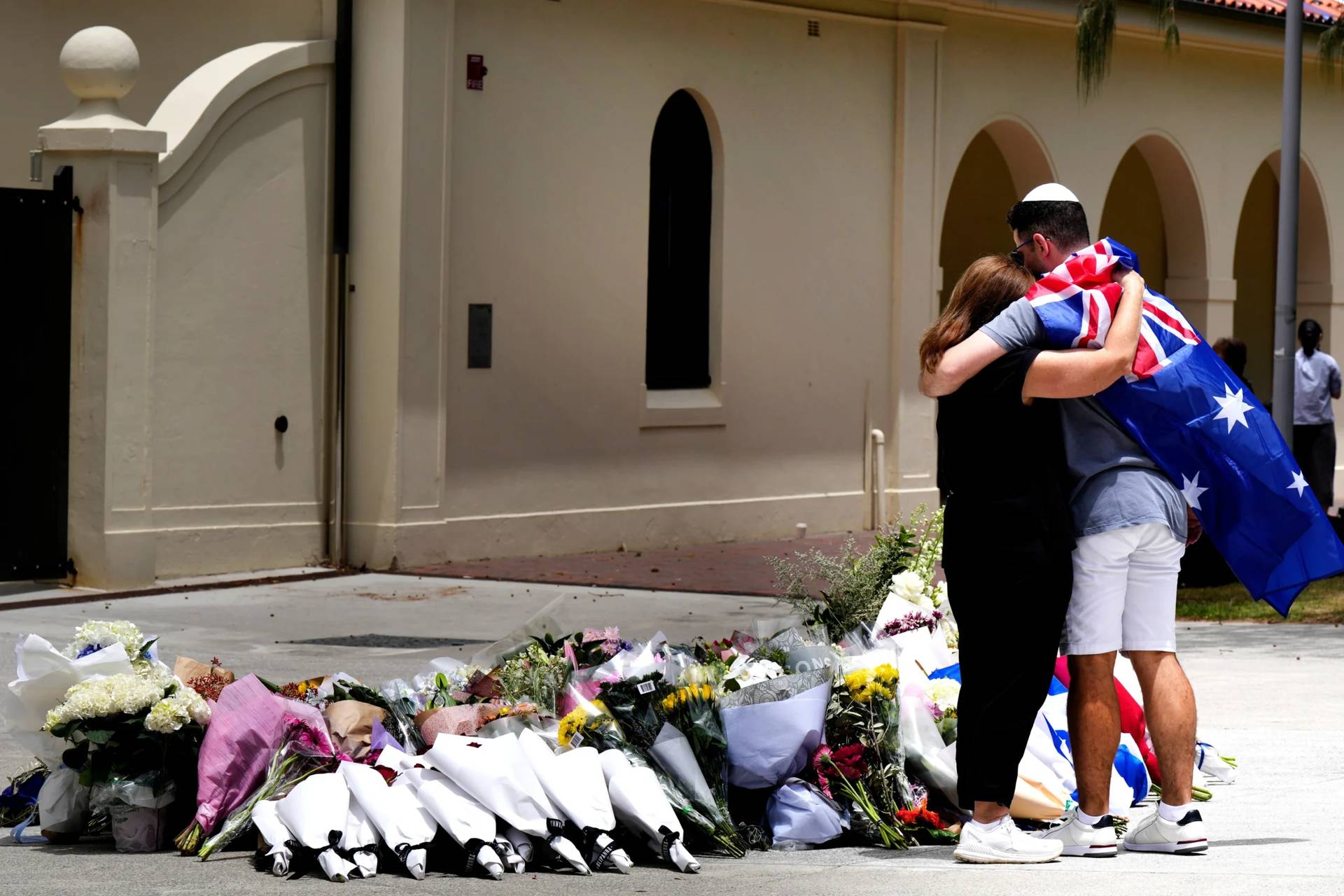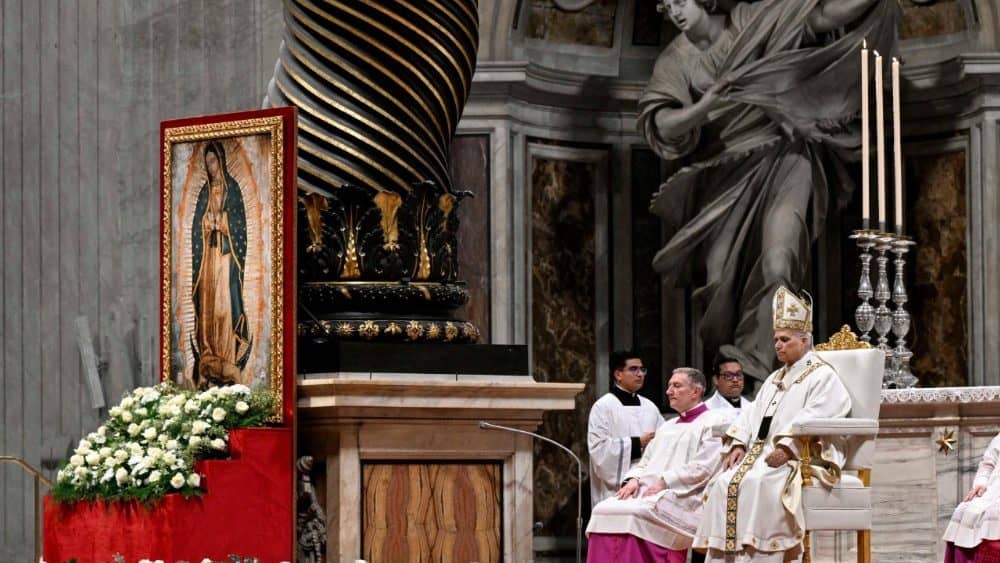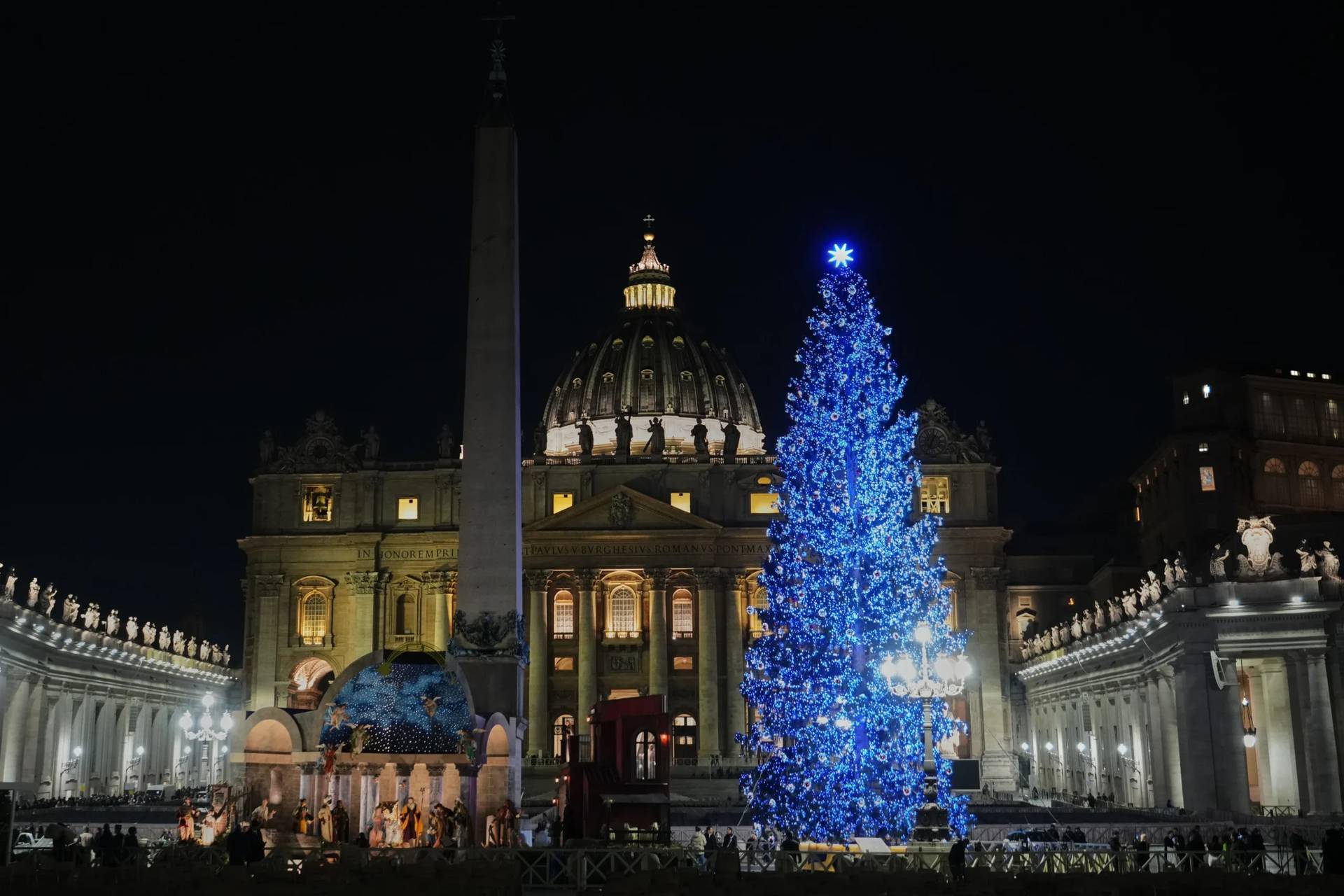ROME – All materials are welcomed in the fourth annual Vatican Expo of 126 nativity scenes under the Bernini Colonnade of St. Peter Square.
You can find clay, wood, plaster, silver, old wrist watches, chocolate, buttons, wool, a bus, and even toilet paper rolls helping to illustrate the Christmas story.
The “100 Nativity Scenes in the Vatican” used to be held indoors, but the COVID-19 pandemic made this impossible, and the two editions have been held to the side of St. Peter’s Square.
The crèches depicting the nativity of Jesus come from Germany, Hungary, Slovenia, Slovakia and Croatia, Kazakhstan, Peru, Indonesia, Uruguay, Colombia, Taiwan and the United States. Many of these nations are represented by their respective embassies to the Holy See.
Thirty schools in the Lazio region surrounding Rome have also joined the initiative, along with Rome’s transportation company Atac — creating a nativity scene on the front of an old bus — and the Trappist Chocolate company, which used 220 pounds of chocolate.

(Credit: Inés San Martín.)
Some represent the nativity scene in a traditional manner, humble and in a manger. Others are “modern day” representations, including one in which a family is ignoring the birth of Christ in deference to watching TV, and one set in what looks like a slum or refugee camp.
The expo opened on Sunday and will continue until January 9, 2022. Taiwan’s embassy to the Holy See took part in the opening ceremony, and the local bishops sent their own Nativity set.
“The beauty of the crib reminds us of the simplicity in the fact that God has made himself one of us; it invites everyone, no one excluded, not only to respect, to mutual love, but above all to look to the future with so much hope,” said Archbishop Rino Fisichella, head of the Pontifical Council for the New Evangelization, which organizing the event.
Ambassador Matthew S.M. Lee of Taiwan said he was very honored by the invitation: “Pope Francis told us that the meeting of cultures is the best way to promote peace and fraternity. That’s why we are here, in line with the Holy Father’s teachings, and I hope all this will bring us more peace, fraternity and joy.”
He also issued an invitation to rediscover the symbolic value of Christmas, “with its message of fraternity, sharing, welcoming, solidarity, inclusion and assistance to our brothers and sisters in need, just as Pope Francis’ encyclical Fratelli Tutti invites us to do, rejecting individualism in favor of community, recognizing that all people are our brothers and sisters.”
This year, the nativity scene that’s at the center of St. Peter’s Square hails from Peru, which is celebrating the 200 anniversary of its independence. It was created by the peasant community of Choppca, located in the Andes in the district of Huancavelica.

On Dec. 1st, 2019, Pope Francis signed the apostolic letter Admirabile signum, on the meaning and importance of the nativity scene, in the Italian hill town of Greccio, where St. Francis of Assisi, the pontiff’s namesake, created the first crèche back in 1223.
The papal document tells the story of that first Nativity, which the “Poor Man of Assisi” had commissioned to a friend, a carpenter by the name of John. As the pontiff wrote, on Christmas day St. Francis said Mass “over the manger, showing the bond between the Incarnation of the Son of God and the Eucharist. At Greccio there were no statues; the nativity scene was enacted and experienced by all who were present.”
Francis also wrote that the reason why Christians are so moved by the nativity crèche is because it is a representation of God’s love for humanity: “the Creator of the universe lowered himself to take up our littleness. The gift of life, in all its mystery, becomes all the more wondrous as we realize that the Son of Mary is the source and sustenance of all life.”
Mexican Christmas in the Vatican
The 126 nativities under the colonnade and the bigger one hailing from Peru are not the only reminders around the Vatican that Christmas is around the corner: Along the famous Via della Conciliazione, that leads to St. Peter’s, there are 20 images depicting Christmas in the Mexican state of Puebla.
Artisans from Puebla have been tasked with adorning the trees of the Vatican museums and those in the Paul VI Hall where Pope Francis holds his weekly Wednesday audience. The nativity scene from this room also comes from Puebla.

The photographic exposition was inaugurated Monday morning, with five women who have their products in display in the museums – and also for sale- at hand, representing the dozens of artisans who sent their goods.
Rosa Cortez Ramos, a looming expert, was one of them, proudly displaying her own products, including a white shirt depicting colorful fauna and flora.
The 35-year-old artist began learning the trade from her mother when she was 10. She said that much like the respect for nature is part of her ancestral culture, so is her Catholic faith, “we have our little altar in our home, we go to Mass on Sunday, and I’m very proud to be here.”
Alberto Barranco, Mexico’s ambassador to the Holy See, noted that this tradition began 18 years ago, at the specific request of Pope John Paul II, who was known for his love for Mexico, home of Our Lady of Guadalupe, patroness of the Americas.
“Despite the pandemic, and the situation the world is living today, Mexico, and its people, want to be present in the Vatican, that is the spiritual heart of the world,” he told Crux.

The Christmas of the [political] conservatives
Further away, but close enough to the Vatican that some might confuse it with an activity sponsored by the Holy See, the Risorgimento Square is hosting an event called Atreju that includes an ice-skating rink, live music, and a Christmas market. It also has a stage that will feature debates among some of Italy’s most famous “conservatives,” such as Luigi Di Maio, minister of foreign affairs, and former prime ministers Silvio Berlusconi (via phone), and Matteo Salvini, who has the habit of brandishing a rosary at political rallies and in parliament to express an alleged love for a Christian Europe and justify his staunch opposition to migrants.
RELATED: Italy’s Catholic establishment faults Salvini for rosary
Follow Inés San Martín on Twitter: @inesanma













